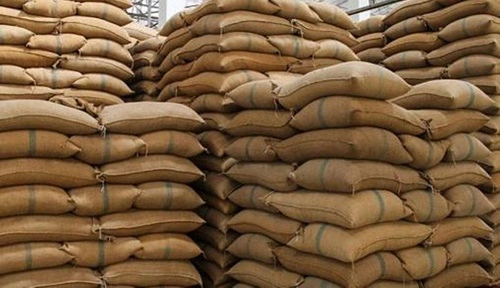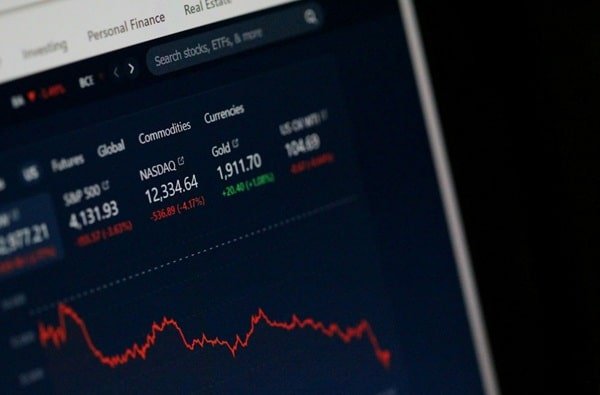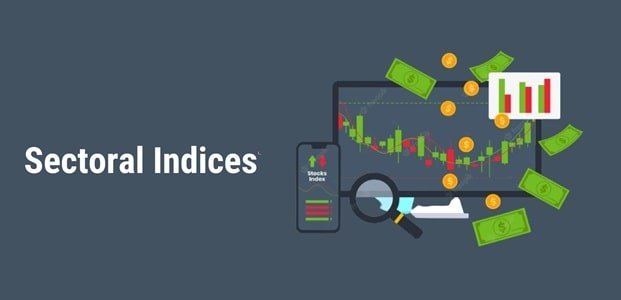A buffer stock is a reserve of commodities or essential goods maintained by governments or organizations to stabilize prices, manage supply fluctuations, and prevent shortages during emergencies. In India, buffer stock is commonly used for food grains (wheat, rice), oil, fuel, and essential commodities to ensure food security and price stability.
The Food Corporation of India (FCI), under the Public Distribution System (PDS), maintains buffer stock to distribute food grains during natural disasters, economic downturns, and inflationary periods. Similarly, global oil reserves act as buffer stock to control fuel prices and reduce dependency on foreign imports.
While buffer stocks provide economic stability and prevent food crises, they also have storage costs, wastage risks, and potential for mismanagement. In this article, we explore the advantages and disadvantages of buffer stock to understand its role in economic planning and resource management.
Quick Overview: Advantages & Disadvantages of Buffer Stock

| Advantages | Disadvantages |
|---|---|
| Stabilizes Market Prices & Prevents Inflation | High Storage & Maintenance Costs |
| Ensures Food & Resource Security During Shortages | Risk of Wastage & Spoilage of Perishable Goods |
| Protects Farmers & Producers from Price Fluctuations | Government Intervention Can Lead to Market Distortions |
| Supports Economic Stability & Crisis Management | Corruption & Mismanagement Risks in Distribution |
| Encourages Agricultural & Industrial Growth | Difficult to Predict Accurate Stock Levels |
| Provides Relief During Natural Disasters & Emergencies | May Reduce Private Sector Competitiveness |
Advantages of Buffer Stock
1. Stabilizes Market Prices & Prevents Inflation
One of the primary benefits of buffer stock is price stabilization. Governments release stock when prices rise and buy surplus stock when prices fall, preventing extreme price volatility.
For example, during a poor monsoon season, buffer stock of wheat and rice ensures that food prices do not skyrocket due to low crop yield.
2. Ensures Food & Resource Security During Shortages
Buffer stock prevents food and essential commodity shortages by maintaining reserves that can be released when supply is low.
For instance, in India’s COVID-19 lockdown (2020), the government used buffer stock to distribute free food grains to 800 million people under the Pradhan Mantri Garib Kalyan Anna Yojana (PMGKAY).
3. Protects Farmers & Producers from Price Fluctuations
Farmers often face uncertain market conditions, with crop prices fluctuating due to demand-supply imbalances. The government’s buffer stock system ensures:
- Farmers get a Minimum Support Price (MSP) for their crops.
- They are protected from sudden price crashes.
For example, the FCI procures wheat and rice at MSP from farmers, preventing distress sales and ensuring stable incomes.
4. Supports Economic Stability & Crisis Management
Buffer stocks act as economic cushions during global financial crises, wars, or economic recessions. Essential commodities like oil, fuel, and food grains are stocked to maintain national security.
For instance, during the Russia-Ukraine war (2022), India’s buffer stock of crude oil helped manage fuel price inflation despite rising global prices.
5. Encourages Agricultural & Industrial Growth
With assured procurement and price stability, buffer stock:
- Encourages farmers to produce more.
- Provides incentives for industries dependent on raw materials.
For example, buffer stock of sugarcane benefits sugar mills, ensuring stable sugar prices in India.
6. Provides Relief During Natural Disasters & Emergencies
In times of droughts, floods, or other natural disasters, buffer stock provides emergency supplies to affected regions, reducing humanitarian crises.
For example, during Cyclone Amphan (2020) in West Bengal, the government used buffer stock food grains to provide immediate relief to affected families.
Disadvantages of Buffer Stock
1. High Storage & Maintenance Costs
Maintaining buffer stock requires large warehouses, cold storage, and transportation facilities, leading to:
- High storage costs for the government.
- Increased burden on taxpayers.
For instance, in India, the FCI incurs ₹10,000+ crore annually to store food grains, impacting government finances.
2. Risk of Wastage & Spoilage of Perishable Goods
Food grains, vegetables, and other perishable goods in buffer stock are prone to spoilage, wastage, and pest infestation if not stored properly.
For example, in 2021, over 40,000 tonnes of wheat in India’s buffer stock were damaged due to poor storage conditions, leading to economic losses.
3. Government Intervention Can Lead to Market Distortions
Excessive government involvement in market supply can:
- Reduce private sector participation.
- Cause artificial price controls, affecting supply chains.
For instance, in 2013, India’s excess wheat buffer stock led to price crashes, discouraging farmers from producing wheat the following year.
4. Corruption & Mismanagement Risks in Distribution
The distribution of buffer stock, especially in developing economies, is vulnerable to:
- Leakages & theft in the Public Distribution System (PDS).
- Misallocation of food grains, leading to hoarding and black markets.
For example, ration card fraud and fake beneficiaries in India’s PDS system have led to millions of tonnes of food grains being diverted illegally.
5. Difficult to Predict Accurate Stock Levels
Maintaining an optimal buffer stock is challenging because:
- Overstocking leads to wastage.
- Understocking results in shortages and price spikes.
For example, in 2022, India faced wheat shortages despite a large buffer stock because of miscalculations in expected demand and exports.
6. May Reduce Private Sector Competitiveness
When the government actively participates in market supply, private traders and businesses may struggle to compete, leading to reduced efficiency.
For instance, in India, government rice procurement affects private rice millers, limiting their market access.
Who Should Implement a Buffer Stock System?
Best Suited For:
✔ Governments managing food security & inflation control.
✔ Countries dependent on agricultural or oil-based economies.
✔ Organizations involved in disaster relief & crisis management.
✔ Emerging economies facing economic instability.
Not Suitable For:
✘ Businesses looking for competitive, free-market pricing.
✘ Countries with well-developed supply chain systems.
✘ Industries dealing in fast-moving consumer goods (FMCG).
✘ Sectors where private investment is more efficient.
Conclusion: Is Buffer Stock a Good Economic Strategy?
A buffer stock system is essential for food security, inflation control, and economic stability, making it a crucial tool for governments and policymakers. However, it also has challenges, such as high storage costs, risks of mismanagement, and potential market distortions.
To maximize benefits, governments should:
- Invest in advanced storage and supply chain infrastructure.
- Implement transparent distribution mechanisms.
- Optimize procurement to avoid excess stock wastage.
For developing countries like India, a well-managed buffer stock system is necessary to protect citizens from food shortages, price shocks, and natural disasters. However, continuous reforms are needed to reduce corruption, improve efficiency, and minimize economic distortions.
Anantha Nageswaran is the chief editor and writer at TheBusinessBlaze.com. He specialises in business, finance, insurance, loan investment topics. With a strong background in business-finance and a passion for demystifying complex concepts, Anantha brings a unique perspective to his writing.


